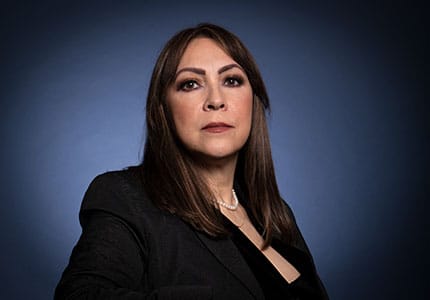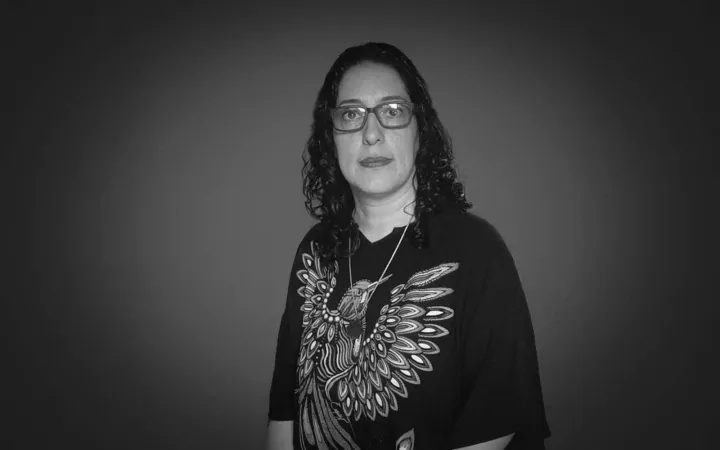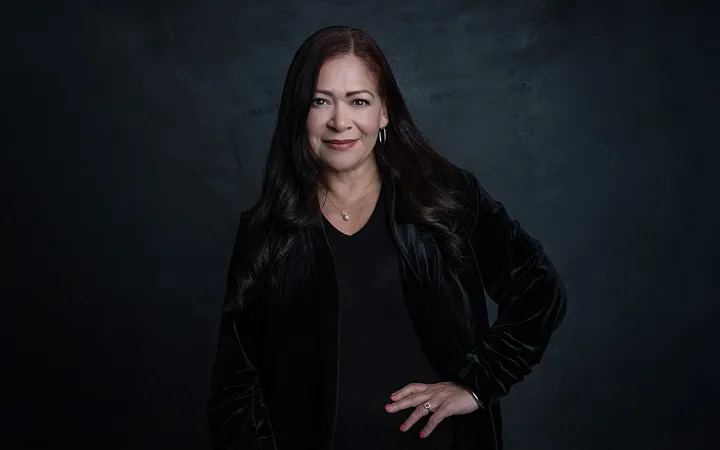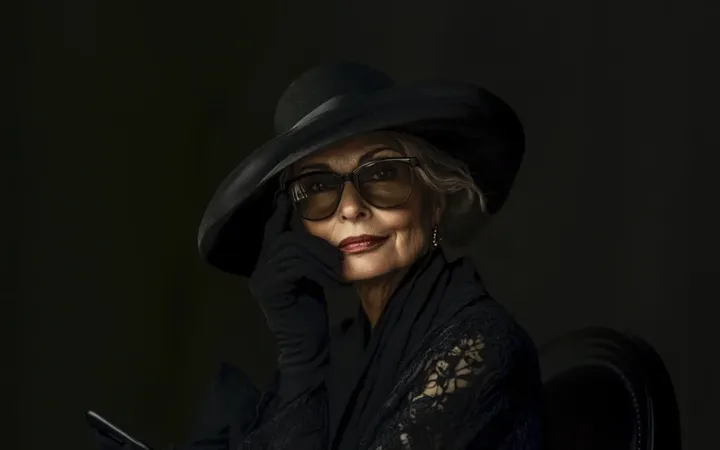
Por Mónica Hernández
Nunca nos gusta mirar hacia lo que nos desagrada, lo que nos provoca, lo que nos hiere y por eso miramos hacia otro lado, al de la inconsciencia, al de la anestesia para evitar el dolor. Y sin embargo, el morbo es inherente al ser humano. Nos gusta imaginar qué pasó, teorizamos sobre cómo sucedió y también sobre las consecuencias de lo que ocurrió. Peor aún, juzgamos sobre eso que ya no se puede cambiar, eso que es ya pasado y que solo sirve como testigo. Esto es verdadero para la guerra en Ucrania, para la guerra en Gaza y la situación de los rehenes y los miles de muertos, para las mujeres desaparecidas, para los descuartizados y en general, cualquier asunto que nos requiera desprendernos de la capa superficial de la piel y permitir que nos duela debajo de ella, que nos arañe. Resulta que también es cierto, esto de mirar hacia otro lado, en cuestiones más íntimas, más personales, esas que nos sonrojan. Y ocurre con el arte. Y no, no me refiero al arte contemporáneo, ese que te muestra una cabeza cercenada de vaca metida en una especie de líquido que la mantiene sin que huela ni se pudra.
El tema viene a colación porque en el Museo del Prado decidieron desempolvar un rollo que contiene una pintura que ha estado “a resguardo” por más de ochenta años. ¿Qué motivos tendría un pintor para pintar esta escena? ¿Qué motivos tendría un museo para decidir no exhibirla y dejarla llenarse del polvo del tiempo y el olvido? ¿Por qué razones ahora se desenrolla, se enmarca y se decide exhibirla?




